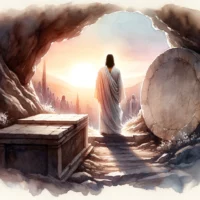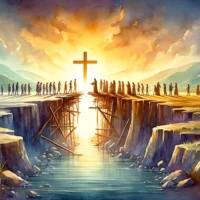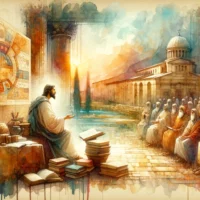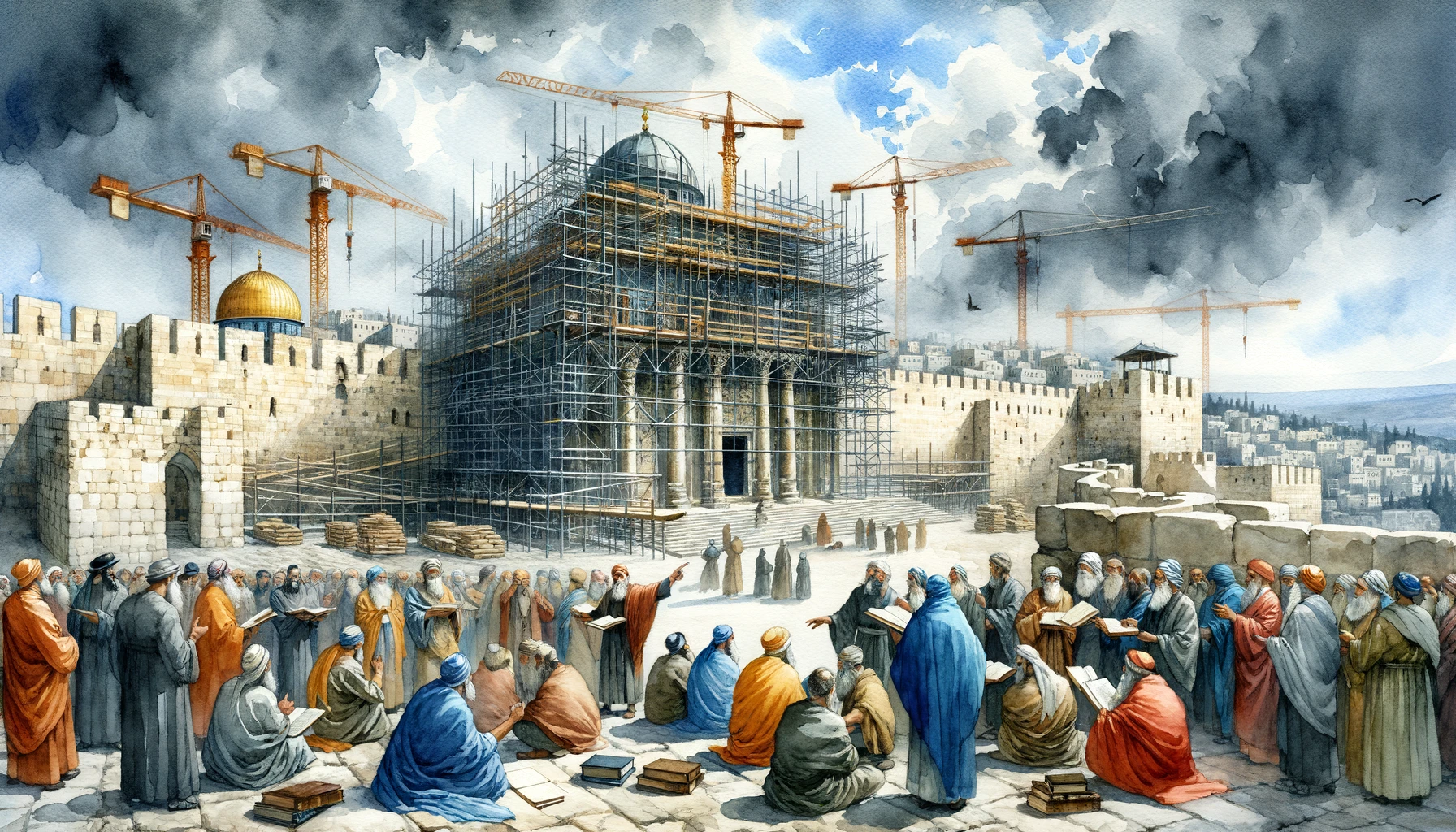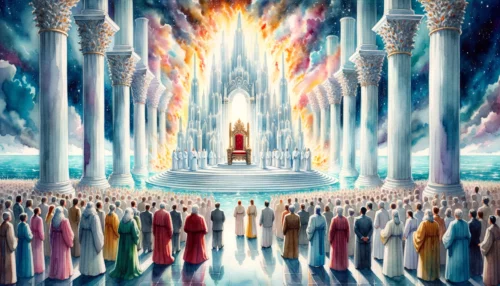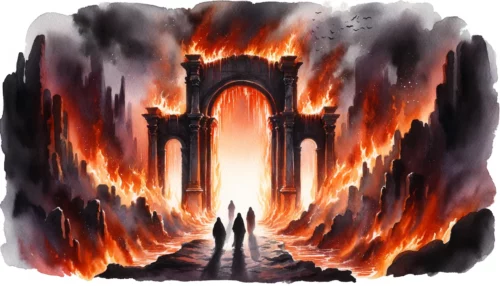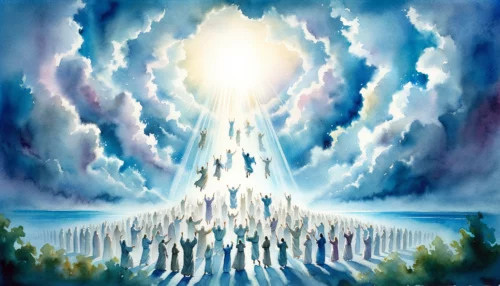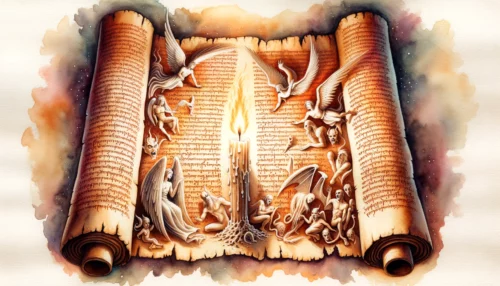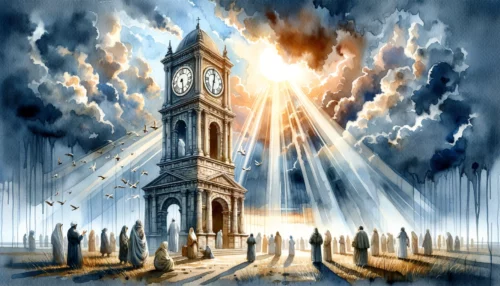The Temple, a significant symbol in the Bible, captures our imagination and invites intriguing questions about Biblical prophecy and the end times. From its historical significance in ancient Israel to its prophetic implications in the Book of Ezekiel and Apostle Paul’s writings, the Temple holds a critical place in the grand narrative of our faith. The question that arises then is: Is the rebuilding of the Temple necessary for the end times to begin, or could these prophecies have a more metaphorical meaning? As we navigate through this fascinating discourse, we explore the role of the Temple in the past, its prophetic perspectives, and the implications these hold for eschatology, thus delving into the heart of this complex, yet crucial, aspect of our Christian faith.
Biblical Significance of the Temple
The Temple’s relevance in the Bible is rich and multi-layered, playing a pivotal role in the spiritual life of Israel. In ancient Israel, the Temple served as the dwelling place of God’s glory, a sacred site where heaven and earth seemed to meet. It was the central point of worship, a place where sacrifices were offered, festivals were celebrated, and the voice of God was heard (Exodus 25:8-9).
King Solomon, David’s son, built the first Temple around the 10th century BC. This grand structure was a tangible representation of God’s covenant with the people of Israel, symbolising His presence among them. It was eventually destroyed by the Babylonians in 587 BC due to the Israelites’ disobedience (2 Kings 25:8-9).
After the Israelites returned from exile, they constructed the second Temple, completed in 516 BC, a humble reflection of the original (Ezra 6:14-15). Despite its diminished glory, the second Temple held great significance, serving as a beacon of hope and continuity for the Jewish people. It too was eventually destroyed, this time by the Romans in 70 AD (Matthew 24:1-2).
The New Testament adds a new dimension to the understanding of the Temple. With the coming of Christ, the Temple’s function and symbolic value evolved. Jesus referred to Himself as the Temple, indicating that He was the dwelling place of God on earth (John 2:19-21). Post-resurrection, believers are referred to as temples of the Holy Spirit, indicating that God’s presence now resides in His people (1 Corinthians 6:19-20).
The Temple in the Bible holds a prominent place as the dwelling of God’s glory, a place of worship and sacrifice, and a symbol of God’s covenant. The first Temple, built by Solomon, was a grand testament to God’s presence among His people. The second, constructed after the Babylonian exile, was a more humble reflection of the original but served as a beacon of hope and continuity for the Jewish people. In the New Testament, Jesus introduces a shift in the understanding of the Temple, referring to Himself as God’s dwelling place, and later, believers are referred to as temples of the Holy Spirit. This progression elucidates the evolving symbolism of the Temple in the Bible.
Prophetic Perspectives on the Rebuilding of the Temple
Looking at the prophetic writings in the Bible, we find references to a future Temple. In the Book of Ezekiel, the prophet describes in great detail a vision of a Temple, far grander than the ones that came before (Ezekiel 40-44). Many scholars interpret this as a prophecy about a literal third Temple yet to be built.
The prophet Daniel also alludes to the existence of a Temple in the end times. He mentions an event called the ‘abomination of desolation’, an act of sacrilege that would take place in the Temple (Daniel 9:27). Jesus Himself refers to this prophecy in His teachings about the end times (Matthew 24:15).
In the New Testament, the apostle Paul describes a scenario where ‘the man of lawlessness’ sets himself up in God’s Temple, proclaiming himself to be God (2 Thessalonians 2:3-4). This prophecy implies the existence of a Temple during the end times.
While these prophecies appear to suggest a physical Temple in the end times, it’s worth noting that the New Testament often uses Temple imagery metaphorically. For instance, as we saw earlier, both Jesus and Paul speak of individual believers and the church collectively as the Temple (John 2:19-21, 1 Corinthians 3:16-17). This raises the possibility that the prophetic references to the Temple may also have a symbolic rather than a literal interpretation.
Prophetic scriptures in the Bible hint at the existence of a future Temple. Ezekiel describes a grand vision of a Temple, interpreted by many as a prophecy of a third Temple. Daniel and Jesus speak of the ‘abomination of desolation’ occurring in the Temple during end times. Paul’s writings imply a Temple in the end times where ‘the man of lawlessness’ proclaims himself as God. Given the metaphorical use of Temple imagery in the New Testament, these prophecies might not necessitate a physical Temple, and could instead have a symbolic interpretation.
Implications for Eschatology and the End Times
Moving on to the implications for eschatology, the study of end times, the question of the Temple’s rebuilding comes into sharp focus. As we’ve seen, there are Biblical prophecies which suggest the presence of a Temple during the end times. Yet, there’s no consensus on whether this implies a physical rebuilding or a symbolic interpretation.
The Book of Revelation, which provides the most detailed account of end times, is notably silent on the question of a physical Temple. It portrays a vision of heaven with no need for a Temple, because the Lord God Almighty and the Lamb are its Temple (Revelation 21:22). This seems to emphasize the ultimate spiritual reality over physical structures.
The perspective that the Temple need not be physically rebuilt is further supported by our understanding of the New Covenant established by Jesus Christ. Jesus’ sacrifice on the cross fulfilled the sacrificial system that the Temple represented. This fulfillment suggests that the function of the Temple in reconciling humanity to God has been superseded by Christ’s redemptive work (Hebrews 10:10).
The exact nature of end times is a mystery that remains beyond our full comprehension. Theologians across the spectrum agree that God’s ways and timings are not always clear to us. Even though some aspects of eschatology are debatable, the core belief remains that Jesus Christ will return, fulfilling His promise and completing God’s plan of salvation.
Biblical prophecies seem to suggest a Temple during the end times, leading to questions about its physical reconstruction or symbolic interpretation. The Book of Revelation, with its depiction of heaven devoid of a physical Temple, leans towards a spiritual understanding of the Temple in the end times. The New Covenant in Christ, fulfilling the sacrificial system, further suggests that the role of the Temple in bridging the divide between humanity and God has been superseded. Despite different interpretations, what remains beyond debate is the promise of Christ’s return as a fundamental tenet of Christian eschatology. This belief underscores the importance of faith in God’s plan, even amidst the complexities of end times prophecy.
Navigating the Pillars of Prophecy
Throughout this discourse, we have navigated the multifaceted question of whether the rebuilding of the Temple is a prerequisite for the end times, as depicted in Biblical prophecy. As we have seen, the Temple, as a significant symbol in the Bible, has been a focal point in our faith journey, from its role in ancient Israel to the shift in understanding introduced by Jesus and the apostles.
- Do you believe the references to a future Temple in Biblical prophecy necessitate a physical rebuilding?
- How might the fulfillment of the sacrificial system by Jesus Christ affect your perspective on the need for a physical Temple in the end times?
- How can your understanding of the Temple’s role in end times prophecy impact your anticipation of Christ’s return?
In navigating these complex questions, let us not lose sight of the ultimate hope that anchors our faith: the promised return of our Lord Jesus Christ. The mysteries of prophecy remind us that our God is a God of wonder and majesty, whose ways surpass human understanding. Let us rest in the assurance that He is in control, fulfilling His purposes in His perfect time. In the face of uncertainty, let our hearts be steadfast, anchored in the certainty of His promises.
